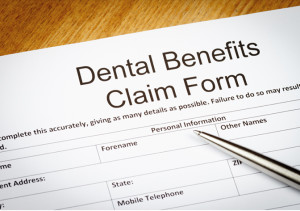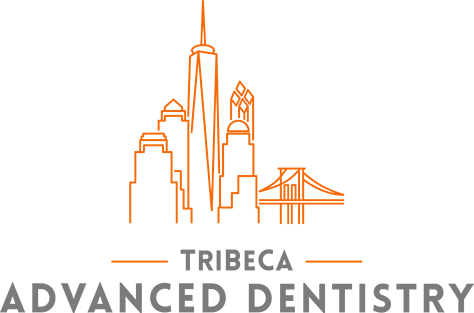 We have previously discussed how dental costs for complex dental procedures such as placing multiple dental implants, dental crowns or porcelain veneers, could be very expensive. Good aesthetic or cosmetic dentistry not only often requires a specialist with advanced dental training such as prosthodontist or periodontist, but also an excellent dental lab which works with the dentist on the custom design of dental crowns, veneers, or dental bridges.
We have previously discussed how dental costs for complex dental procedures such as placing multiple dental implants, dental crowns or porcelain veneers, could be very expensive. Good aesthetic or cosmetic dentistry not only often requires a specialist with advanced dental training such as prosthodontist or periodontist, but also an excellent dental lab which works with the dentist on the custom design of dental crowns, veneers, or dental bridges.
Fortunately, there are several ways you can save on dental costs by using tax breaks, which is especially valuable in a high tax area such as New York City where not only you have to pay a high NY state tax but also an NYC city tax.
Tax tip 1: Enrolling in an expensive dental plan
Dental insurance plans are both similar and different from typical medical health plans. Both dental and medical plans contract with participating practitioners to agree on a fee schedule. If your dentist participates in a dental plan, he or she cannot charge you fees above what was negotiated by your insurance, even if a procedure itself is not fully covered. However, dental and medical insurance are very different when it comes to covering high dental costs: whereas medical insurance plan usually has deductible after which your plan will cover most of the medical costs, a typical dental plan will only cover first $1000 to $2000 of your dental costs a year after which are fully liable for all remaining dental expenses. This difference has an interesting tax implication. For example, if you are a very healthy adult, you may want to buy a medical insurance with a very high deductible as you don’t expect to see a doctor more than a couple of times a year and you are mostly concerned about a significant financial loss in case of a sudden serious health issue. In contrast, even a patient in perfect dental health should see a dentist at least twice a year (and we recommend 3 or 4) for teeth cleaning and prophylactic exam. You are almost certain to incur $500-$600 in dental costs a year to just maintain the health your teeth.
If you enroll in a dental PPO plan, it will usually cover at least a $1000 of dental treatment a year BEFORE TAX giving you instant tax saving of $400 to $500 in taxes counting full tax rate paid by NYC resident.
Tax tip 2: Setting up a health savings account or flexible spending account
There are two further pre-tax plans to help save on your dental costs. You employer may offer both: Health Saving Accounts (HSA) and Flexible Spending Account (FSA) both of which will allow contributing your pre-tax dollars to cover future dental costs. HSA is simply a “no-brainer” in which you should participate even if you don’t expect any medical or dental costs in the current year while FSA will work well only in a certain situation.
This year, you can contribute to HSA at least $3,500 a year with another $1,000 if you are older than 55. You can also contribute another $3,300 for your family members. If you don’t use up a full amount on your medical or dental treatment, nothing to worry about: you simply roll any unused amount into the next year. Even better, HSA money can be invested, earning tax-free interest on your money. If you stay healthy, you can cash out HSA after your retire. Essentially, this plan is IRA with an added benefit of being able for medical or dental costs immediately.
In contrast, FSA is “use-it-or-lose-it” plan. The amount and eligibility of FSA vary depending on your participation in HSA. For a limited dental and vision FSA which augments your HSA, You have slightly over a year to use up to $2,500 of pre-tax expenses on your dental treatment (January 1 to March 15).
Nevertheless, both of these plan combined can allow you to contribute up to $6,000 (or $7,000 if you are over 55) a year tax-free to help with your dental costs. If you live in NYC and pay 35% overall in taxes, you can save up to $3,500 every year! Your new dental implants and crowns may be much more affordable than you think.
Tax tip 3: Splitting your dental costs over two years
Finally, many complex dental restoration treatments, especially the ones offered by our prosthodontist Dr. Olga Malkin, may span over 6 months or longer. Our Tribeca NYC office has the flexibility to split your payments over two (or sometimes even more) years. For example, you may make payments to place dental implants wit temporary dental crowns and 6 months later the final fee when the permanent dental crowns are placed. Having multiple payments over 6 months may allow you to fully utilize your dental insurance, HSA, and FSA plans over two years.

